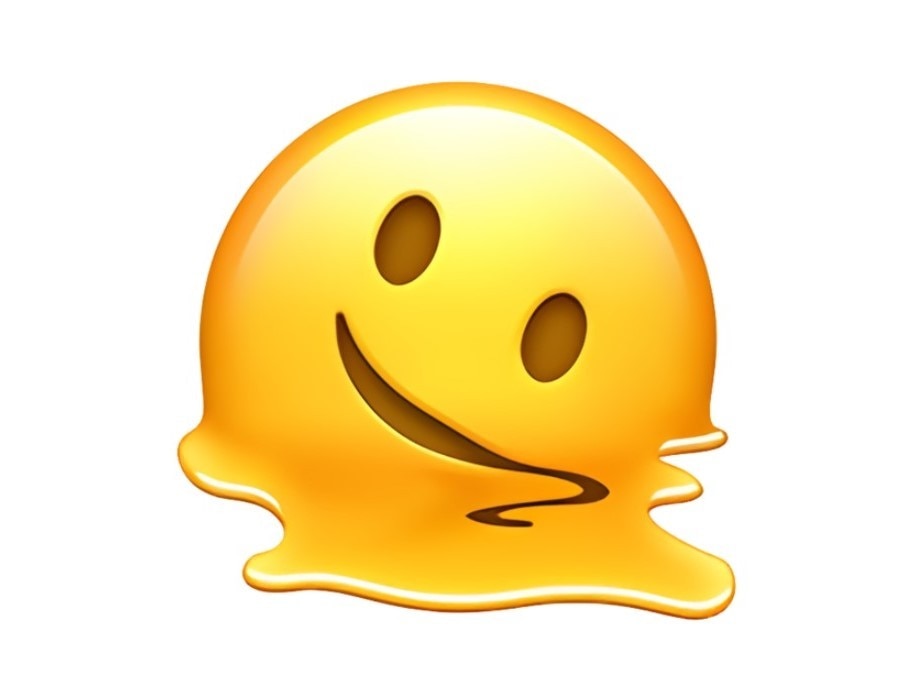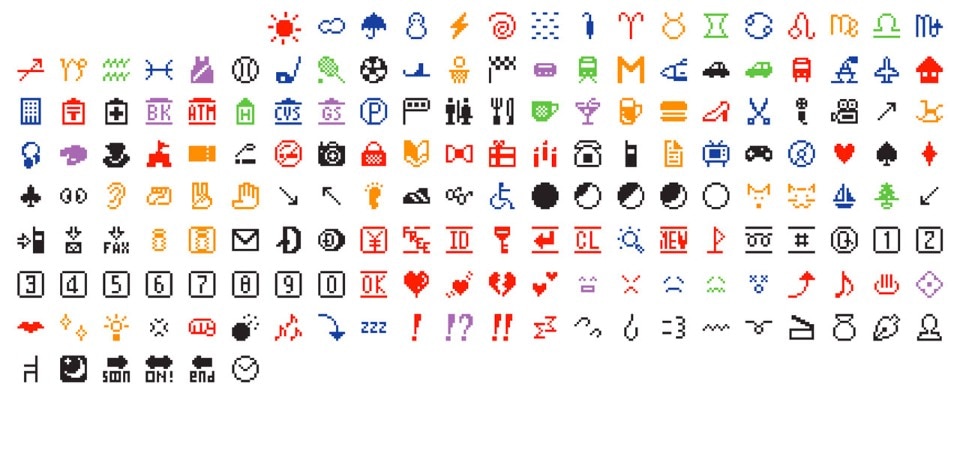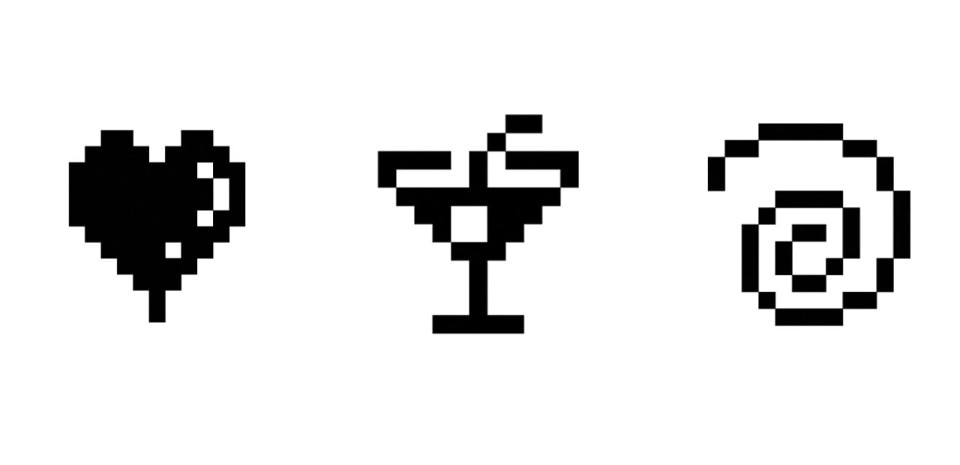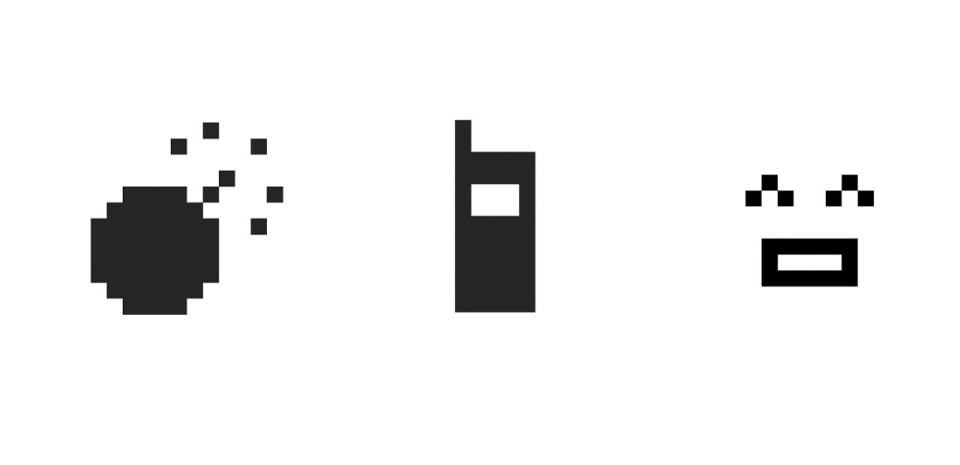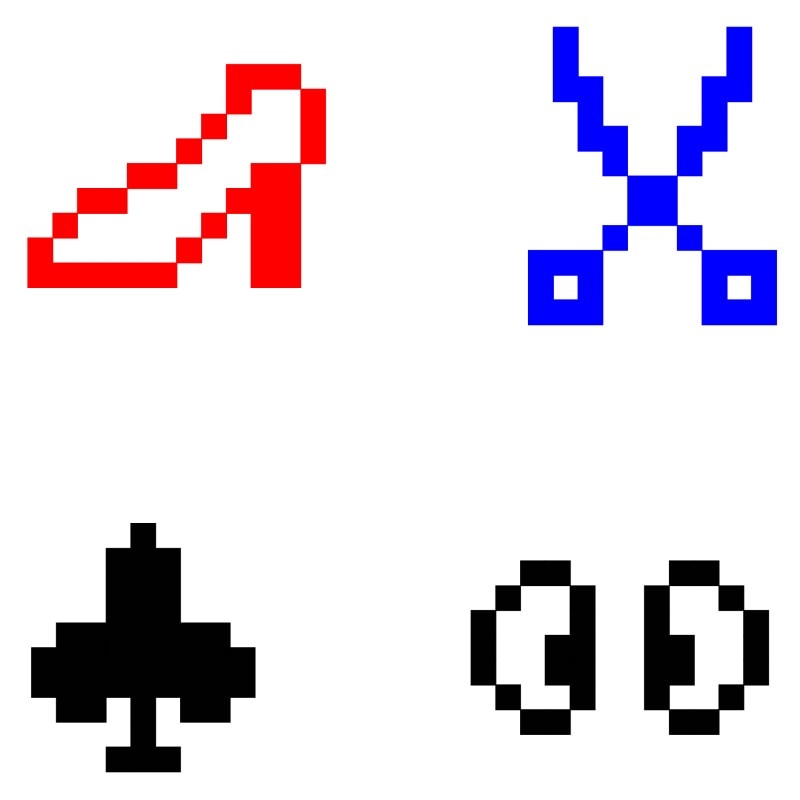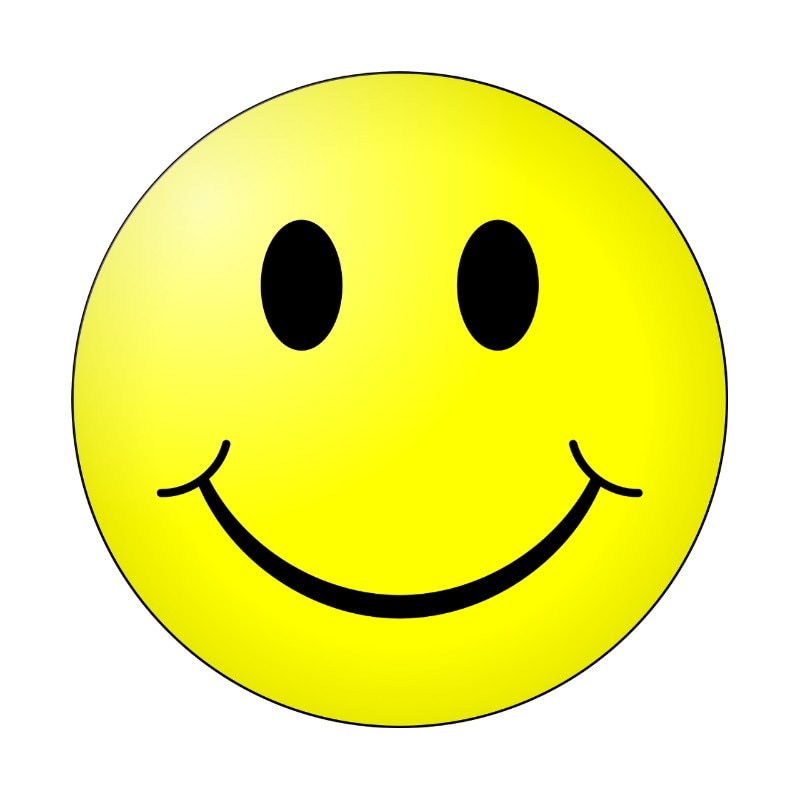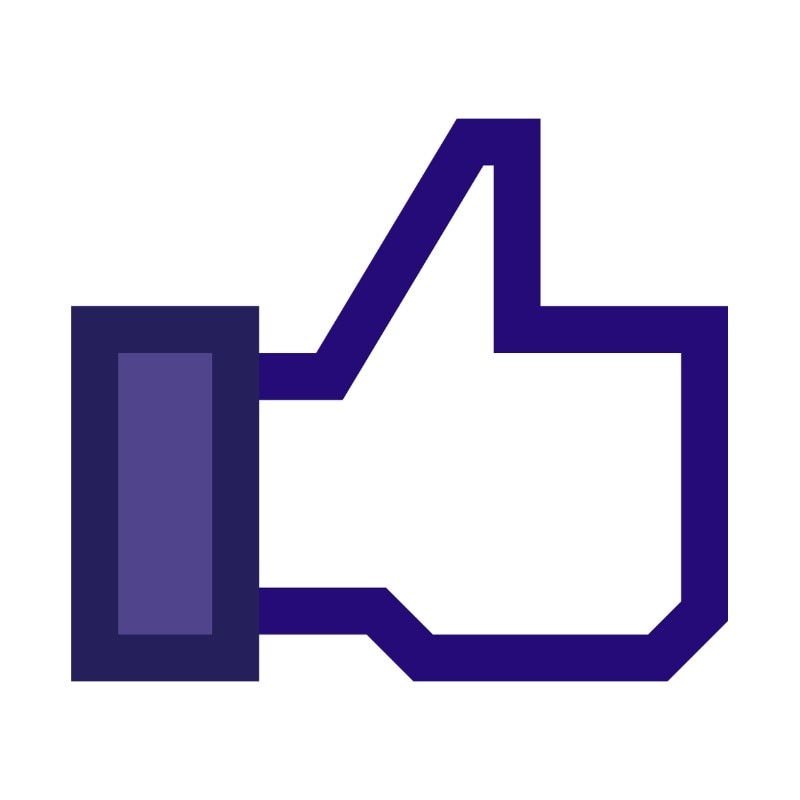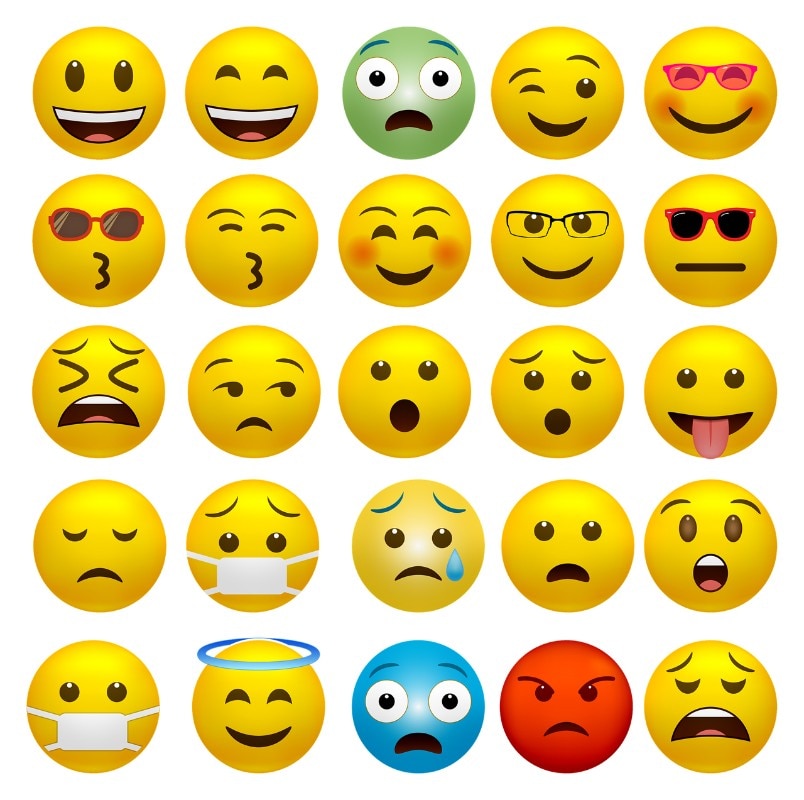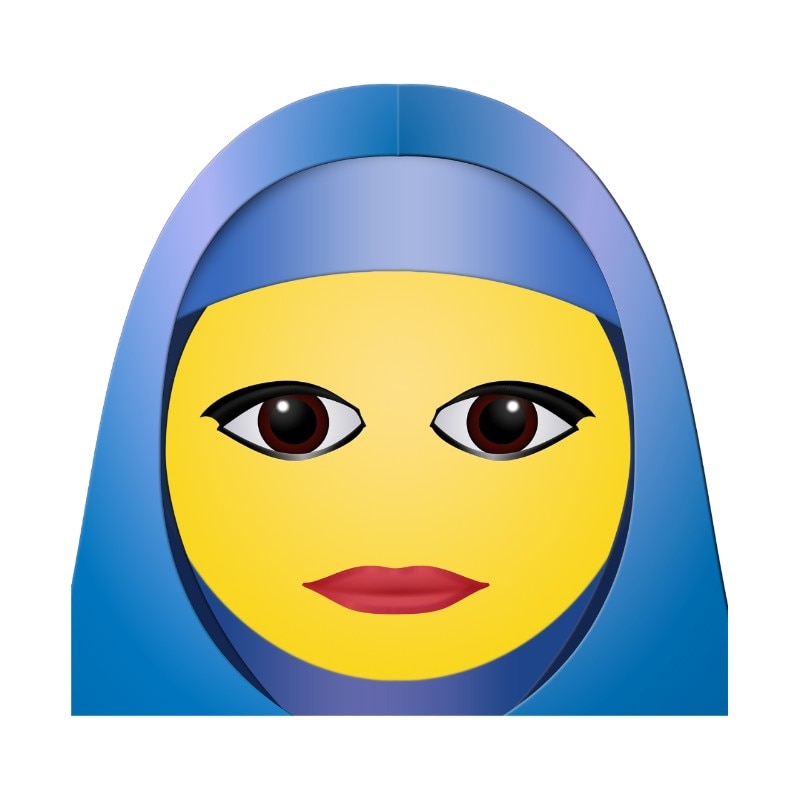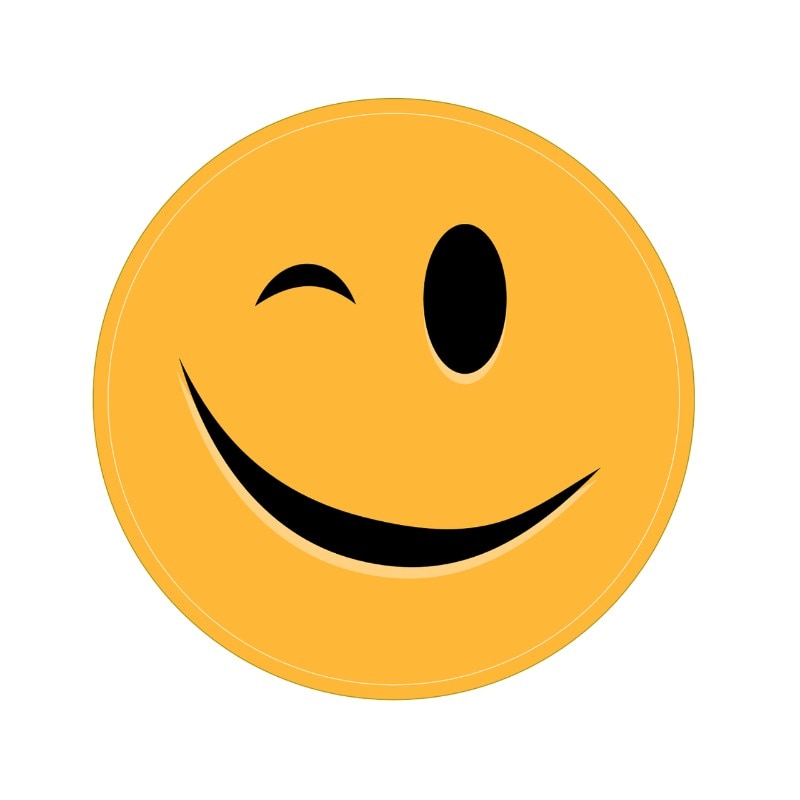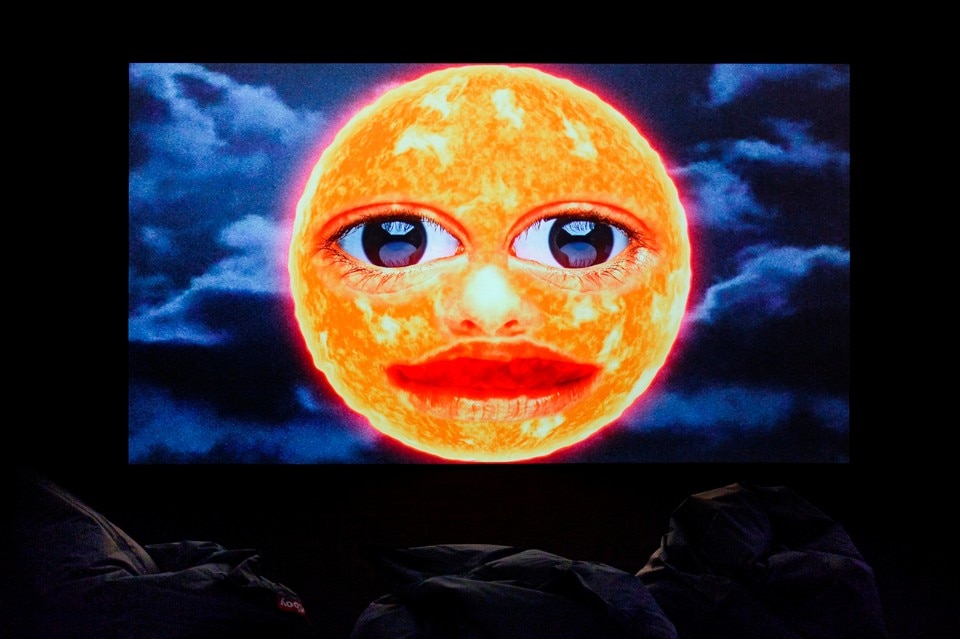Despite several allegations of linguistic oversimplification — quite a common destiny for whatever is innovative — the reasons pushing Scott Fahlman to take a fundamental action which would eventually make history were quite the opposite. On September 19th, 1982, Fahlman, a faculty at Carnegie Mellon University, he sent this message on a Bulletin Board System (BBS) connecting different research units on Arpanet:
19-Sep-82 11:44 Scott E Fahlman :-)
From: Scott E Fahlman <Fahlman at Cmu-20c>
I propose that the following character sequence for joke markers:
:-)
Read it sideways. Actually, it is probably more economical to mark things that are NOT jokes, given current trends. For this, use
:-(
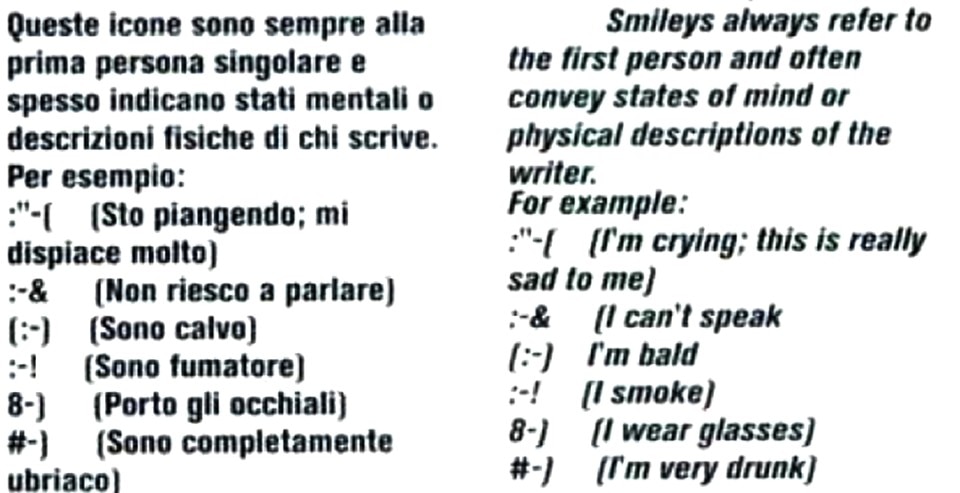
As Fahlman declared in several interviews, he made history unawares, as he was basically tired of reading that kind of primordial flames, where some colleagues were unable to discern hilarious posts from serious topics, so he proposed to add pictographic information to a standard text message.
It is an answer to evolutionary requirements of language, originated by an evolution of media: a sense making process. The Spanish philosopher Iosep Ortega y Gasset wrote that humans are the only living being capable of inhabiting almost any place, as they constantly have to create their habitat by assigning a meaning to what surround them; in a way, this is the operation performed by emoticons: inhabiting with elements of sense a newly-created realm of communication which is still temporarily uninhabited.
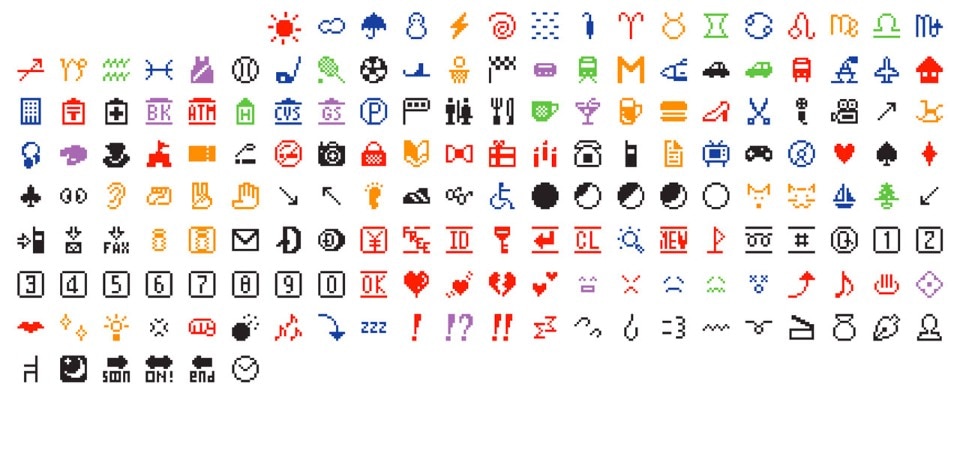
Such visual elements are not invading, our languages to reshape it top-down: they rather meet a request of innovation coming from language systems themselves. This is the perspective in which we can read the definition process of emoji, sprung from where the emoticon years have merged with the Smiley Face — actually the one to sport a stormy past, from the first signs in 1963 by Harvey Ball to its employment at France Soir to mark good news according to Franklin Loufrani, to his journeys through commercials, rave and grunge aesthetics, excellent users such as Talking Heads or John Galliano at Dior.
Proposed for the first time in 1999 by Shigetaka Kurita as a set of pictograms for DoCoMo, the mobile internet project by NTT, emoji would very quickly access the institutional realm of communication and language. The Unicode consortium, usually dealing with way more technical codification processes, would soon find itself managing the yearly releases of what had become the new visual component of our alphabets, i.e. validating the subsequent seasons of an ongoing debate on language.
Over two decades of emojis, those tools that some feared to have come to erase words, whose actual mission was to make feelings more explicit, have become a description of who we are, and how we live; this made them a matter of over-interpretation (weren’t they born to avoid misunderstandings?), a subject of trends and fashion, but also a fundamental subject of a constant debate rooted in social issues.
The enthusiam of Damien Hirst for "Comedian", the famous banana taped to a wall at Art Basel by Maurizio Cattelan, partially expressed in emojis.
Sure, the smiling or winking faces have shifted from explaining the tone of a message to be understood as signals of passive aggression. Sure, the laughing face has mourned the LOL — as shown in a 2015 research — and the primeval XD loud-laughing emoticon, but she is soon to be mourned by new generations with a general setback towards the ahahah textual form.
Still, the most dynamically evolving section of emoji world is the non-emotional one, that one describing our contemporary, that one where Unicode is ceaselessly removing or redefining elements, adding new ones. On collective demand, the gun emoji is removed, and online projects such as hijabemoji.org can succeed in having a veiled female figure pictured on mobile keyboards worldwide.
The debate involving the emoji world is therefore the same debate involving language, with the same complexity of issues in gender, community, religion, equality in access and representation that is contributing to shape languages nowadays. In Italy, for instance, the Scritture Brevi project has explored the possibility to use emojis as the only font for writing entire texts, even rewriting literary masterpieces; still, some years ago, a musician like Oneohtrix Point Never could already tell the story of a whole life in all its disproportioned intensity through a 4’17’’ emoji chain in Boring Angel.
Images are just joining alphabets in their work, and where reductionism and oversimplification were feared, not even images can answer any longer those doubts in interpretation that used to affect written texts in pre-digital era (“…what would this mean for real?”). In times when machine-based learning is gaining a higher momentum, envisioning the realistic dream of a machine-generated writing excluding all human action (the “non-creative writing” pictured by Kenneth Goldsmith in CTRL+C CTRL+V), images and pictograms are integrating text, rather than discarding it, joining the realm of tools of expression for positions and concepts that are still rooted into words. After four decades of emoticons, an expansion of language is taking place, rather than a substitution, an evolution which is constantly in process, aiming to inhabit our perceivable world, which is more and more a world of interfaces.
Opening image: Courtesy Apple


